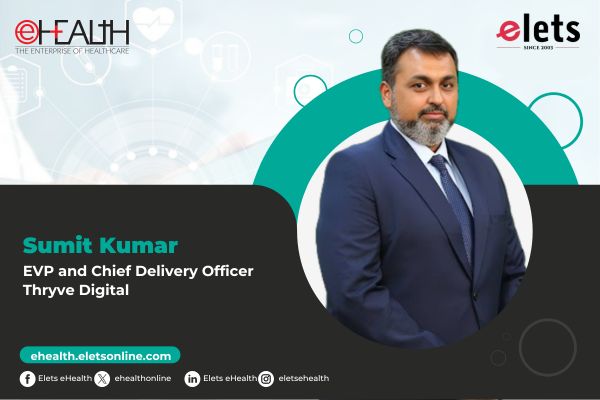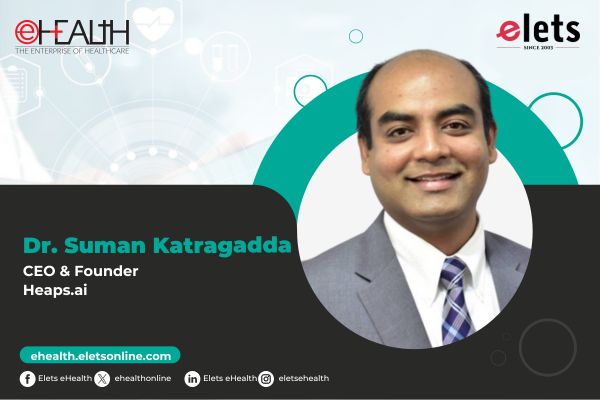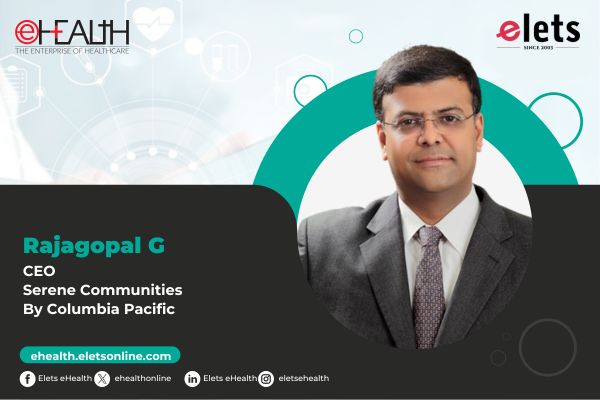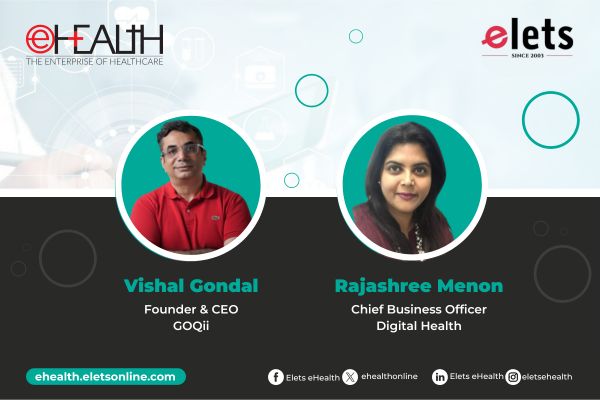
Healthcare needs in India are becoming increasingly expensive, impacting both consumers and medical practitioners. Many consumers delay seeking treatment until medical issues become critical, often due to the rising burden of healthcare costs. With medical inflation increasing at a rate of 12-13%—higher than in countries like China, Vietnam, and Indonesia—health insurance has become essential. It protects consumers and medical practitioners alike, and when integrated with modern advancements, it can also benefit insurers.
Data analytics and technological advancements are transforming healthcare in India for the better. Technology is playing a key role in the customization of product offerings, improved and faster underwriting solutions, risk assessment, and, most importantly, claim management. Blockchain technology is providing greater transparency and security, enabling healthcare providers and insurers to share data in a tamper-proof manner. The Insurance Regulatory and Development Authority of India (IRDAI) has also been supportive, introducing new norms to encourage flexibility and technological innovation.

Below are some innovative integrations in health insurance that are expected to have a lasting impact:

OPD Insurance Coverage
A significant change in health insurance is the introduction of Outpatient Department (OPD) coverage. Traditionally, health insurance policies in India focused mainly on hospitalization, despite OPD expenses accounting for around 62% of healthcare costs. OPD coverage now includes diagnostic tests, consultations, investigations, and minor treatments, reducing ‘out-of-pocket’ expenses and emphasizing preventive care.

For medical practitioners, this shift is crucial since patients with OPD coverage are more likely to visit a doctor at the onset of an illness. This allows early treatment through medication, reducing the chances of the condition worsening and requiring hospitalization.

IoT (Internet of Things) in Health Insurance
Wearables and fitness bands have revolutionized health insurance by enabling real-time health monitoring. Insurers are providing such devices to policyholders, tracking key metrics like steps, heart rate, and sleep patterns. This technology allows insurers to assess health risks more accurately while offering personalized wellness advice.
IoT is encouraging healthy lifestyles among policyholders, which helps reduce future claims. As consumers adopt healthier habits, insurers can offer lower premiums, creating a win-win scenario for both parties through the promotion of preventive healthcare.
Generative AI in Health Insurance
Beyond traditional AI and machine learning, generative AI (Gen AI) is set to play a transformative role in health insurance. While AI can digitize patient records and quickly process large datasets, Gen AI can analyze an individual’s medical history, age group, lifestyle habits, and behaviors by scanning photos and other inputs.
This technology will drive the next wave of underwriting by helping insurers and medical practitioners detect hidden habits or health conditions, such as undisclosed smoking or drinking behaviors. With Gen AI, insurers can better assess risks and offer more accurate premiums.
Large Language Models (LLMs)
Large Language Models (LLMs) are helping insurance companies and hospitals automate routine tasks and documentation processes. These models are proving efficient in handling consumer queries, improving operations with reduced turnaround times.
LLMs are also enhancing underwriting processes by generating valuable insights, leading to more tailored insurance policies and services. Additionally, they assist in summarizing clinical histories and suggesting suitable treatment options, streamlining healthcare operations.
Wellness Programs in Health Insurance
In addition to OPD coverage, insurers are integrating wellness programs into their offerings. Using data analytics to understand consumer behavior, health insurers are providing customized wellness programs that include activities such as yoga, fitness challenges, and regular health monitoring.
These wellness initiatives encourage policyholders to maintain their health, reducing the likelihood of chronic illnesses like diabetes and hypertension. This not only benefits consumers but also helps insurers lower healthcare costs in the long run.
Also Read: Bridging Technology and Healthcare: A New Era of Patient-Centric Digital Transformation
Government Support: The National Health Stack
The government is also playing a pivotal role in transforming health insurance through the development of the National Health Stack—a digital platform that promotes interoperability and seamless data sharing among healthcare providers, insurers, and consumers.
By consolidating consumer health records under a unified platform, insurers, doctors, and caregivers can access critical data more easily, enabling better decision-making. With the government’s focus on digital integration, the future of health insurance in India looks promising, offering enhanced services for consumers, medical professionals, and insurers.
As technology continues to advance, the landscape of health insurance is evolving, driving innovation and improving accessibility. With supportive government policies and the increasing adoption of advanced technologies, the health insurance sector in India is poised for remarkable growth. Consumers, medical practitioners, and insurers alike can look forward to a future marked by more efficient, affordable, and personalized healthcare services.
Views expressed by: Chetan Vasudeva, Senior Vice President of Business Development, Alliance Insurance Brokers Pvt. Ltd.
Be a part of Elets Collaborative Initiatives. Join Us for Upcoming Events and explore business opportunities. Like us on Facebook , connect with us on LinkedIn and follow us on Twitter , Instagram.
"Exciting news! Elets technomedia is now on WhatsApp Channels Subscribe today by clicking the link and stay updated with the latest insights!" Click here!
















